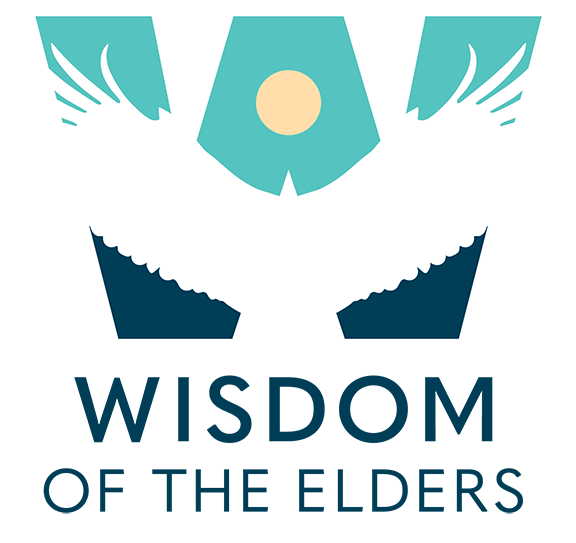The Confederated Tribes of Grand Ronde
with Arlie Neskahi
[audio:https://www.wisdomoftheelders.org/prog307/mp3/03_hi.mp3]Arlie Neskahi:
Welcome to Wisdom of the Elders. I’m Arlie Neskahi.
The old man brought the woman out of the long cedar house to show the Bostons – the Chinookan name for Americans. The Bostons had returned in their canoes, and the one named Clark had wanted to know why most of the houses in their village were in ruins. “What had happened to all the people?” The old man showed him the face of the woman. It bore the scars of the deadly sickness. He spoke in a simplified Chinookan. “Ya-qwá kanawi d∂lxam mim∂lust.” Here, all the people died.
It was April 3rd, 1806. William Clark and a few of his men looked for the mouth of the Willamette River. Their pilot lived in a village called Ne-cha’-co-lee, on the south bank of the Columbia in today’s Portland, Oregon. Thirty years before, small pox had killed practically everyone in the village. Epidemics prior to 1806 erased half the people living in the Columbia Basin. Outbreaks of malaria, distemper, measles and other illnesses continued through much of the nineteenth century. Less than ten percent of the lower Columbia population survived into the twentieth century.
Starting in 1856, the government attempted to sweep all the remaining Native people in western Oregon onto one small reservation. Upper Umpquas, Kalapuyans, Molallas, Tillamooks, Clatsops; and from the south, Rogue Rivers, Takelmas, Latgawas, Chastas, eventually twenty tribes were packed into 60,000 acres in the Grand Ronde Valley. Some of the people were eventually moved to the Siletz Reservation on the coast. Schools were opened, land was allotted and offered to settlers, and by 1928 most of the allotments had been sold, leaving the Grand Ronde with only 440 acres. On August 13th, 1956, 150 years after Lewis and Clark, the government terminated the Grand Ronde’s status as a Tribal Nation.
Gene Labonte:
We just, what we call, went downhill. We knew we was Indians. We was always going to stay Indians, but we had to adapt.
Neskahi:
Gene Labonte is chairman of the Grand Ronde chapter of the northwest Indian veteran’s association, and an enrolled member of the Grand Ronde community.
Labonte:
The cemetery’s basically the only thing we had left as property. Memorial day people would come back to Grand Ronde, clean the cemetery, meet, visit and decorate the graves.
Neskahi:
According to Labonte, if it wasn’t for the organization that developed in the drafty trailers set up on the cemetery grounds, there would be no Grand Ronde tribe today.
Labonte:
Ah, my heart’s out to the first ones that started working to get us to being reorganized. Like one lady said, “We catch the midnight plane to New York or Washington D.C. We’d get there early enough in the morning to get off the plane. Go to the meeting, and never had enough money for a hotel. They’d do all their work in one day, get back on the plane and fly back. And these weren’t just young kids. These were elders.
Neskahi:
Their efforts were rewarded in 1983, when recognition was restored. Ninety-eight hundred acres of the reservation were returned to the tribe. The Grand Ronde Tribes have demonstrated that you cannot kill the spirit of a people, if those people know who they are. Today, the tribe’s Spirit Mountain Community Fund has become a major cultural force in Oregon, giving millions to projects in education, arts, health and historical preservation.
Gene Labonte:
Grandma, my mother were Indians. We always will be Indians. Ah, we’re proud of being Indian. We can do this and we can hold onto this.
Arlie Neskahi:
I’m Arlie Neskahi, and this is Wisdom of the Elders.
